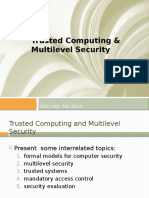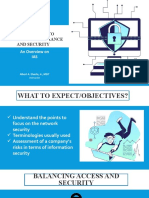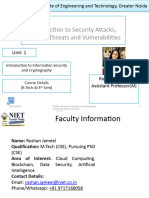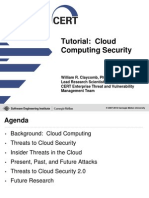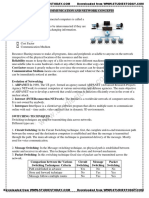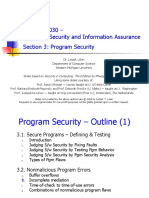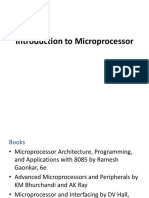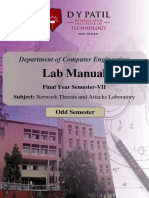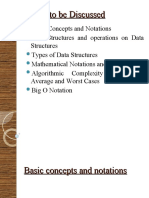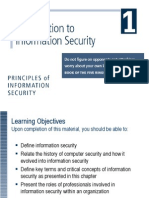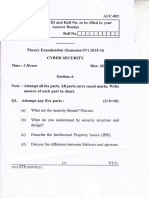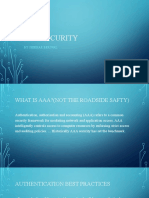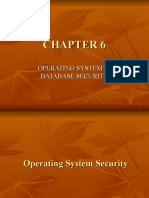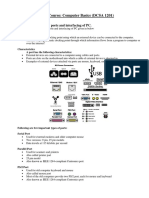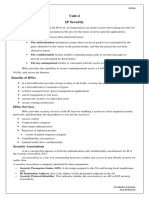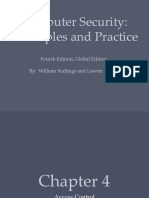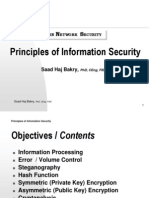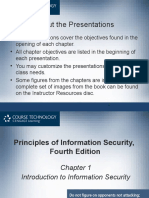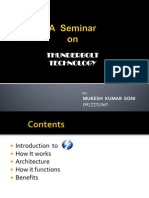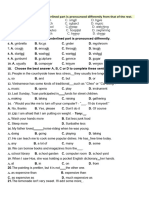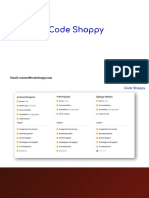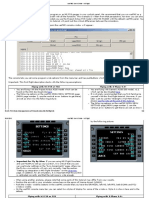100% found this document useful (1 vote)
175 views25 pagesChapter 3 Operating Systems Security1
This chapter discusses operating system security. It covers topics like planning secure system deployments, hardening the base operating system, maintaining security through patching and backups, virtualization, kernel design, rootkit detection, and Linux/Unix security controls like permissions, services configuration, and logging. The key is to securely deploy and regularly maintain systems through assessment, configuration hardening, patching, and monitoring logs.
Uploaded by
عطاف أبو هدةCopyright
© © All Rights Reserved
We take content rights seriously. If you suspect this is your content, claim it here.
Available Formats
Download as PPTX, PDF, TXT or read online on Scribd
100% found this document useful (1 vote)
175 views25 pagesChapter 3 Operating Systems Security1
This chapter discusses operating system security. It covers topics like planning secure system deployments, hardening the base operating system, maintaining security through patching and backups, virtualization, kernel design, rootkit detection, and Linux/Unix security controls like permissions, services configuration, and logging. The key is to securely deploy and regularly maintain systems through assessment, configuration hardening, patching, and monitoring logs.
Uploaded by
عطاف أبو هدةCopyright
© © All Rights Reserved
We take content rights seriously. If you suspect this is your content, claim it here.
Available Formats
Download as PPTX, PDF, TXT or read online on Scribd
/ 25




